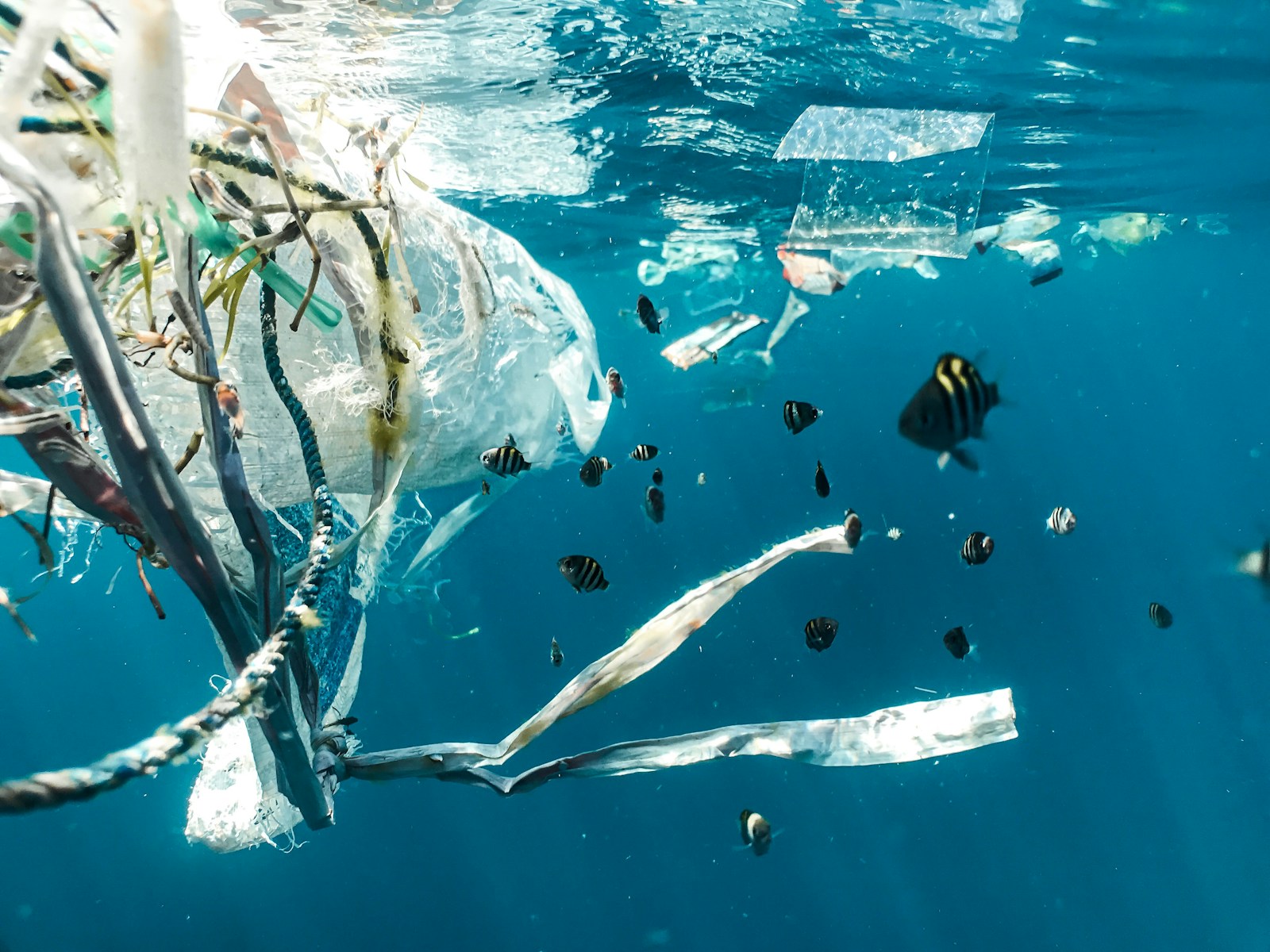A shocking new study has found microplastic contamination in nearly all tested seafood samples, raising concerns about human health and environmental impact.
Key Points at a Glance:
- 99% of seafood samples tested contained microplastics, with shrimp having the highest levels.
- The majority of detected microplastics were fibers from textiles, making up over 80% of contamination.
- Microplastics can carry toxic chemicals linked to cancer, neurotoxicity, and hormone disruption.
- Scientists suggest reducing plastic use at a policy level and implementing washing machine filters to limit pollution.
The Shocking Findings on Seafood Contamination
A peer-reviewed study has confirmed that microplastic pollution is now a pervasive issue in our food system, particularly in seafood. Researchers detected microplastics in 180 out of 182 seafood samples taken from grocery stores and fishing boats in Oregon, making up an alarming 99% contamination rate.
Among the tested species, pink shrimp had the highest levels of contamination, while Chinook salmon showed the lowest. The study found that microplastics travel through gills or mouths and accumulate in edible tissues, meaning consumers ingest them when eating seafood.
Where Do These Microplastics Come From?
The study revealed that the most common type of microplastics were textile fibers, originating from synthetic clothing and washing machine wastewater. These fibers make up over 80% of the detected pollutants. Microplastics often follow ocean currents and accumulate in plankton-rich feeding areas, increasing exposure for species like shrimp and herring.
The Health Risks of Microplastic Exposure
Microplastics don’t just pollute the ocean—they also pose serious health risks. These tiny plastic particles can contain up to 16,000 chemical compounds, including highly toxic substances such as PFAS, bisphenol, and phthalates, which are linked to:
- Cancer
- Neurotoxicity
- Hormonal disruptions
- Developmental toxicity
Moreover, research indicates that microplastics can cross the brain and placental barriers, and individuals with microplastics in their heart tissue are twice as likely to suffer a heart attack or stroke.
What Can Be Done?
Scientists suggest that avoiding seafood won’t necessarily eliminate microplastic exposure, as they have also been found in meat and produce. However, small actions can help reduce contamination levels, such as rinsing seafood before cooking.
To tackle the root cause, experts recommend:
- Reducing plastic use in everyday life.
- Washing clothes less frequently and in cold water to minimize fiber shedding.
- Avoiding synthetic fabrics and fast fashion.
- Implementing washing machine filters to trap microplastics before they enter water systems.
The Need for Policy Change
Despite efforts to regulate microplastic pollution, legislation has faced setbacks due to industry pushback. In 2023, California lawmakers proposed a bill requiring microplastic filters on washing machines, but it was vetoed by Governor Gavin Newsom. A similar bill is now under consideration in Oregon.
As Dr. Elise Granek, a researcher from Portland State University, warns, “If we don’t want microplastics in our food, we need to change our everyday practices and implement stronger regulations.”
The study serves as yet another wake-up call: Microplastics are everywhere, and without action, they will continue to infiltrate our food and health.
